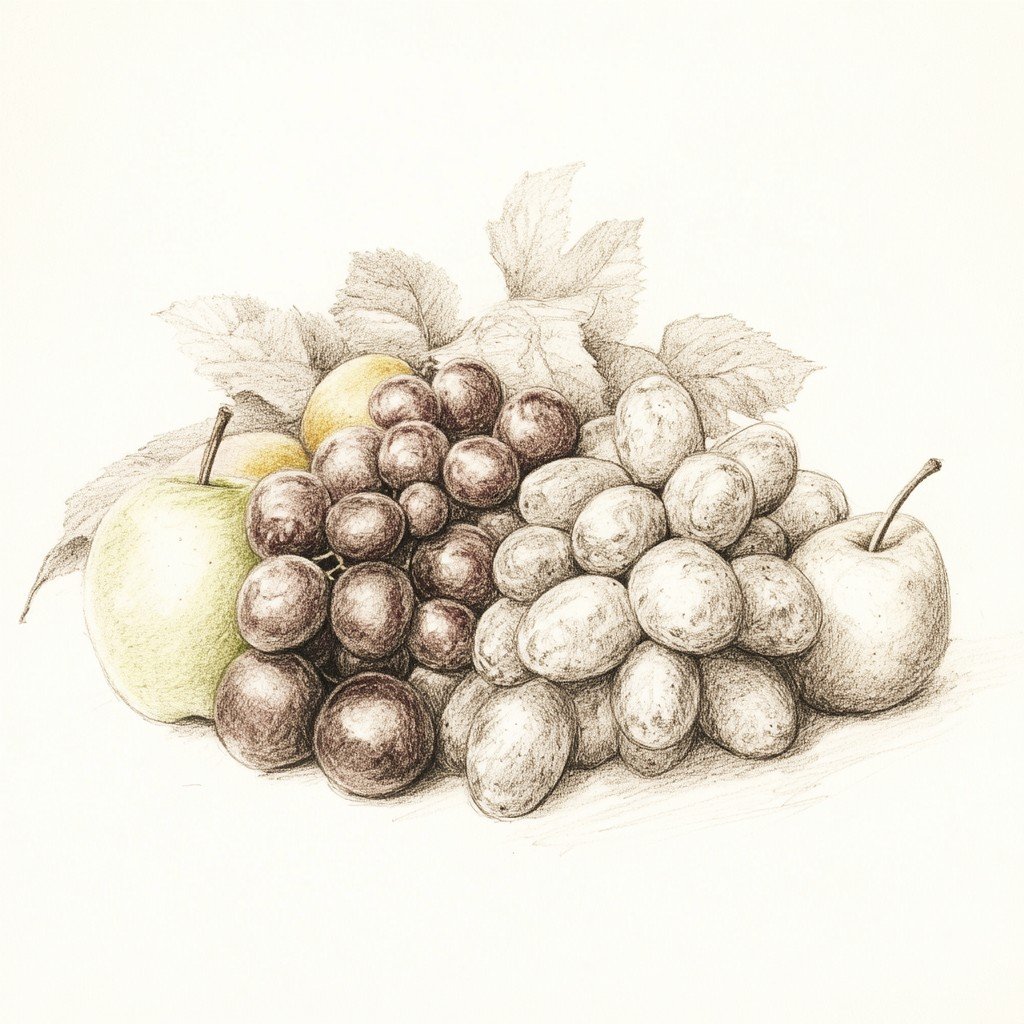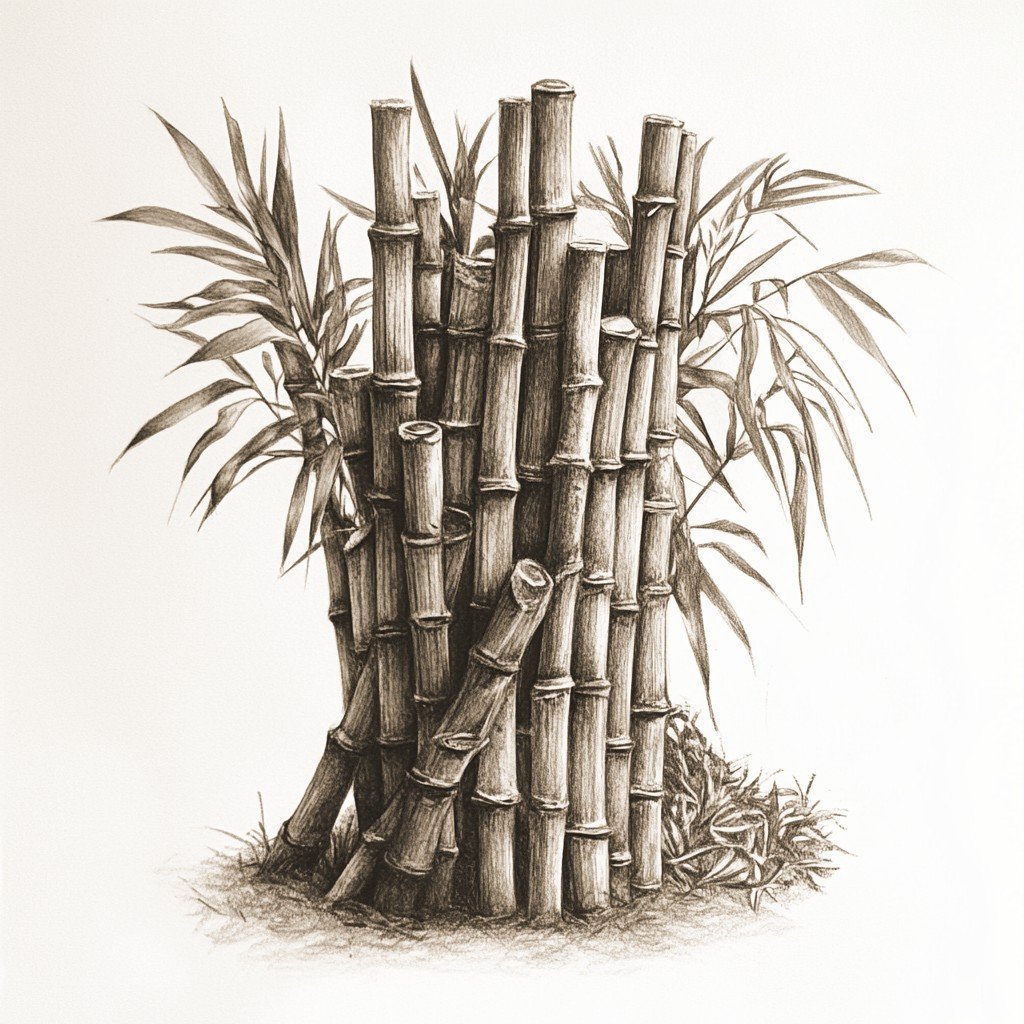What Are Spirits?
Answering this question is like following the proverbial rabbit down the hole. So, true to the theme, let’s “begin at the beginning.”
The full term which no one uses anymore is ardent spirit. The ardent in the name refers to the fact that spirits are distilled by heat (many drinks reflect this in their name, e.g. Soju translates to “burned liquor” in Korean).
The word spirit has a rich philosophical and theological history, even in reference to booze. You see, during the Medieval period, both Catholic monks in Europe and Islamic scholars in Baghdad were studying ancient Greek texts. They interpreted the word “spirit” as Aristotle did: the essence of a thing. (Fun fact: our word “alcohol” comes from the Arabic al-ho’hl, which also means spirit.)
Let’s come back to the part about distillation, which was popularized by those same Medieval thinkers. If distilling is the process of separating properties of a liquid by evaporating it and then condensing some of the vapors into a new container, then the properties carried by the vapor and not left behind are those properties making up the essence of the liquid, i.e. the spirit of it. Now you can see what those scholars and monks were talking about. Unfortunately for them, a lot of the things they were distilling are super toxic for you.
How does one make the sort of thing we call a spirit today? Well, the steps are pretty simple: (1) harvest the base ingredients, (2) ferment their sugar into alcohol, and (3) distill the alcohol in order to concentrate it. There are more steps depending on the spirit that you’re making, but these are followed across the board. (Oh, and it is illegal to distill spirits at your own home in the United States, in case you were wondering.)




The base ingredients can be anything with sugar. Starchy bases like grains and potatoes need to go through a process called saccharification which converts the starches into fermentable sugars. But as long as the yeast like to eat it up, it’s good. The most common bases are grains like barley, corn, rye and wheat. But sugar cane and its byproducts are used for rum, agave is used for spirits such as tequila or mezcal, and fruits like grape, plum or apple are used for different brandies. If one wanted to, one could even make Mountain Dew® into a spirit.
Fermentation only gets you so high a concentration of alcohol by itself. It can’t usually reach higher than 15% alcohol by volume (ABV). If you want to get the levels of ABV found in whiskey and other spirits, you will have to distill it too. The reason is ethyl alcohol evaporates at a much lower temperature than water does. That means that if you maintain your heat somewhere between 173°F and 212°F (or 78°C and 100°C) then you can get all that yummy alcohol and tasty flavors, and separate them from the rest of the solution. The end total volume of liquid is lower, yes, but the volume of alcohol in the liquid is way higher. Depending on how many times you redistill it, you can get a concentration of up to 96.5% ABV.


What else evaporates besides the alcohol? Well, obviously some water does too, but also other molecules that we in the industry refer to as congeners. These can be nasty aldehydes or toxic alcohols like methanol and can make poor quality spirits have a bite or a bitter, astringent taste. But mostly congeners are the things that make spirits taste delicious. They can be fruity or floral or nutty or malty, etc.
Et voilà. Just water it down (proof it) to the ABV you want, filter it, and bottle it for consumption under whatever legislation you’re subject to.
There is a lot more to say about spirits, but not on this page. I want to encourage you to read some of my other articles on this site that explain in-depth how to best evaluate and appreciate spirits. I also have an article explaining what bourbon is. My purpose for writing these is to give you free insight into the world of booze. So, I’ve made information available to you that I had to spend quite a bit of resources and time acquiring.
On behalf of Distillare, I hope it benefits you as a consumer of liquid art.
Art generated by AI

